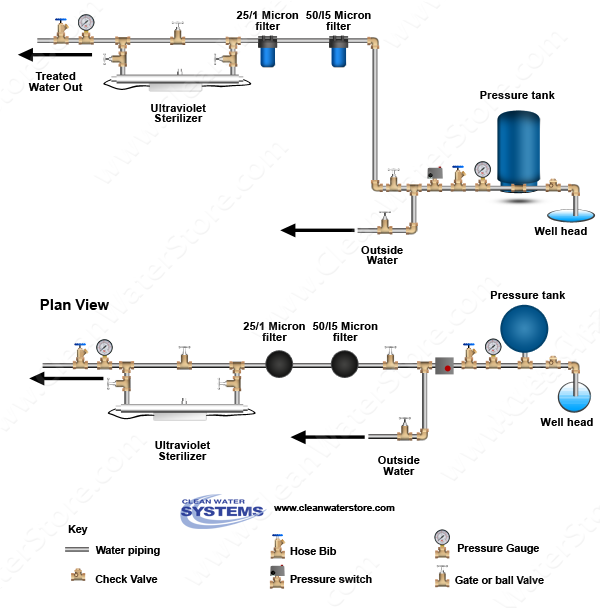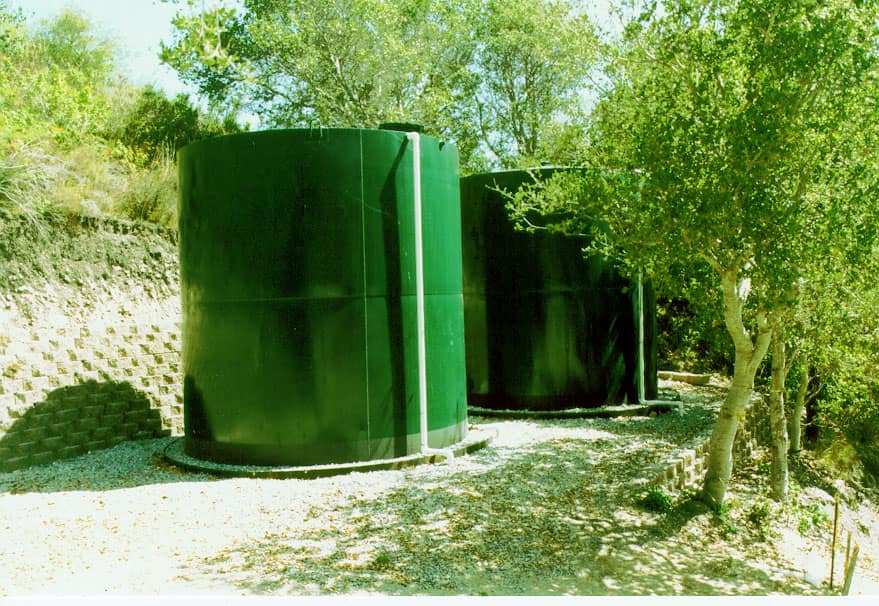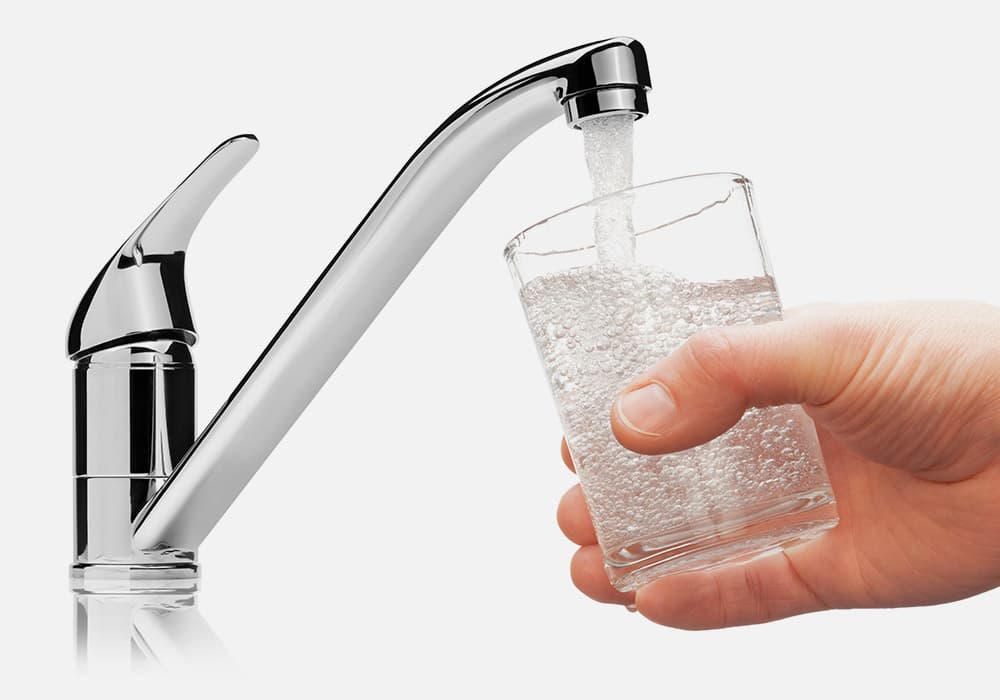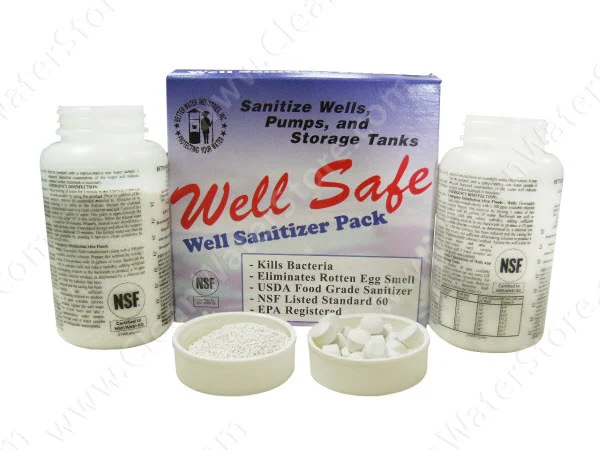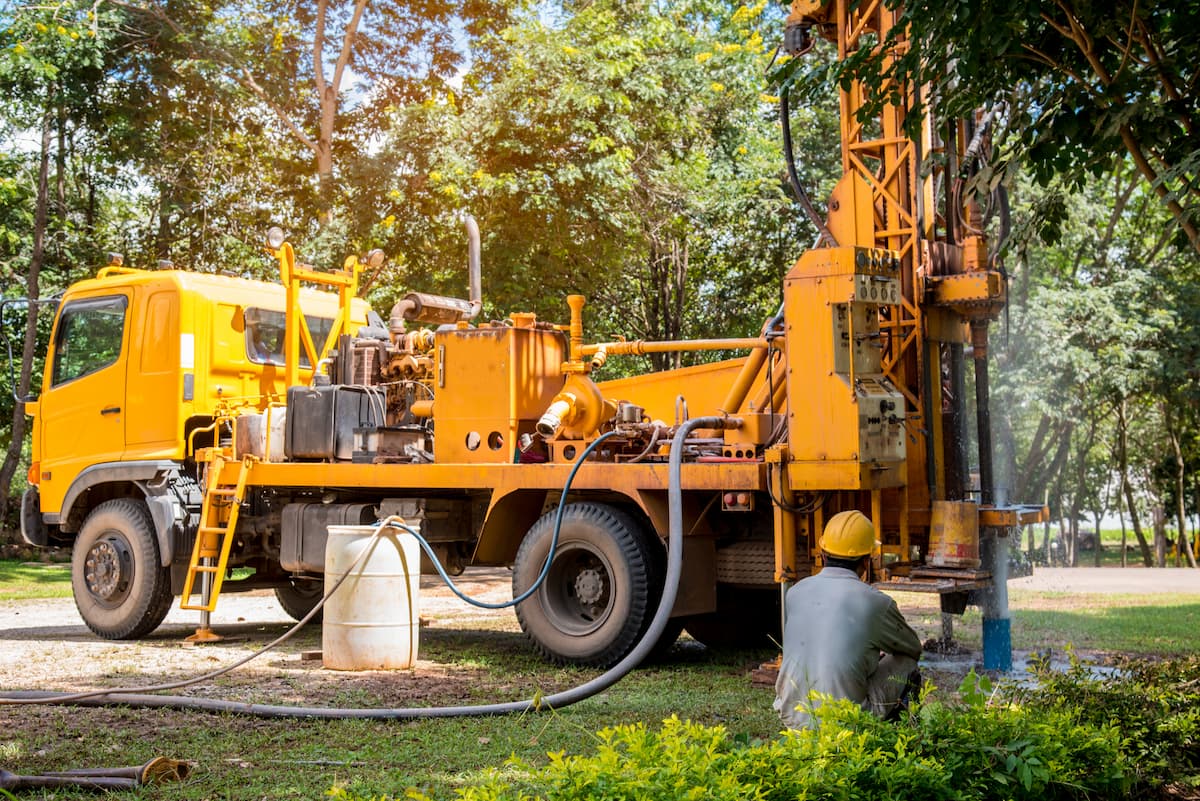Using PVC for a UV Sterilizer? Think Again!
PVC UV Sterilizer: Think Again Before Using!
Here at Clean Water Systems, we sell quite a few UV sterilizers. Recently, one customer asked whether she could use plastic PVC piping to connect in and out of her UV sterilizer. UV sterilizer installation kits often include components that facilitate easy and tool-free connections to various types of plumbing materials like copper, CPVC, or PEX, ensuring a straightforward installation process. The answer is that yes, you can, but you really should not.
These kits also come with standard fittings for improved compatibility with various plumbing setups, enhancing performance and adaptability in aquatic installations. UV light will degrade PVC piping over time, damaging the pipe plastic and causing it to leach into your water. Instead of a hard PVC pipe, we recommend a flexible stainless steel line. The design changes to include a standard slip socket for both the inlet and outlet enhance compatibility with various plumbing setups, making the units more user-friendly.
We recommend Falcon stainless steel flex lines for their availability, toughness, and reliability in many sizes and varieties. We like them so much that we even use them in our office treatment systems. (And you can bet our water is clean and tasty!)

Introduction to Water Purification
Water purification is a crucial process in maintaining a healthy aquarium or pond, and one of the most effective methods is using a UV sterilizer. UV sterilizers utilize ultraviolet light to kill bacteria, viruses, and other microorganisms that can harm fish and other aquatic life.
The UV sterilization process involves exposing water to a specific wavelength of UV light, which disrupts the DNA of microorganisms, making them unable to reproduce. This process is especially important in aquariums and ponds, where the risk of disease outbreak is high due to the closed environment. By using a UV sterilizer, aquarium and pond owners can significantly reduce the risk of disease and create a healthier environment for their fish.
Understanding PVC Limitations
PVC piping is a common material used in aquarium and pond plumbing due to its affordability and ease of use. However, PVC piping has some limitations, including its tendency to degrade when exposed to UV light over time. This degradation can cause the PVC piping to become brittle and prone to cracking, which can lead to leaks and other issues.
Additionally, PVC piping can leach chemicals into the water, which can be harmful to fish and other aquatic life. These limitations must be considered when designing and installing a UV sterilizer system, and materials that are resistant to degradation and safe for use in aquariums and ponds must be chosen.
Building a DIY UV Sterilizer
Building a DIY UV sterilizer can be a cost-effective and rewarding project for aquarium and pond enthusiasts. To build a DIY UV sterilizer, you’ll need a few basic components, including a UV bulb, a quartz sleeve, and some PVC piping. The first step is to choose a suitable UV bulb, which should be designed specifically for aquarium or pond use.
Next, you’ll need to select a quartz sleeve compatible with your UV bulb and able to withstand the high temperatures generated by the bulb. Finally, you’ll need to assemble the components and plumb the system, follow proper safety protocols, and use materials that are safe for use in aquariums and ponds.
UV Bulb Selection
Choosing the right UV bulb is critical to the effectiveness of your UV sterilizer. There are several factors to consider when selecting a UV bulb, including the wattage, wavelength, and lifespan of the bulb. A higher-wattage bulb will generally be more effective at killing microorganisms, but it may also generate more heat and require more power to operate. The wavelength of the bulb is also important, as different wavelengths are more effective against different types of microorganisms. It’s essential to choose a bulb specifically designed for aquarium or pond use and follow the manufacturer’s instructions for replacement and maintenance.
Quartz Sleeve Importance
The quartz sleeve is a critical component of a UV sterilizer. It protects the UV bulb from water and allows the UV light to penetrate it. Quartz sleeves are made from a special type of glass that is transparent to UV light and can withstand the high temperatures generated by the UV bulb.
The quartz sleeve should be made from high-quality materials and designed specifically for aquariums and ponds. A good quartz sleeve will help ensure that the UV light is distributed evenly throughout the water, maximizing the sterilizer's effectiveness. It’s essential to choose a quartz sleeve compatible with your UV bulb and follow the manufacturer’s instructions for maintenance and replacement.
Final Thoughts
For more information about installing a UV sterilizer, read our free Practical Guide to UV Sterilizers, or consult the diagram below to see a typical UV sterilizer installation:
